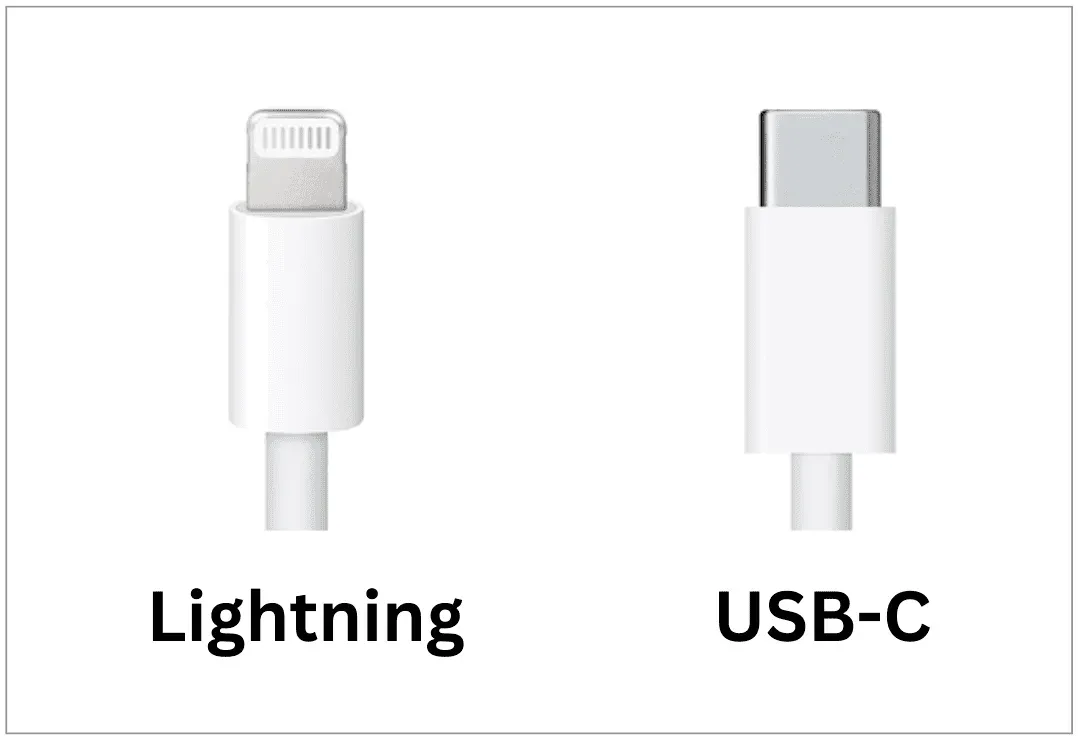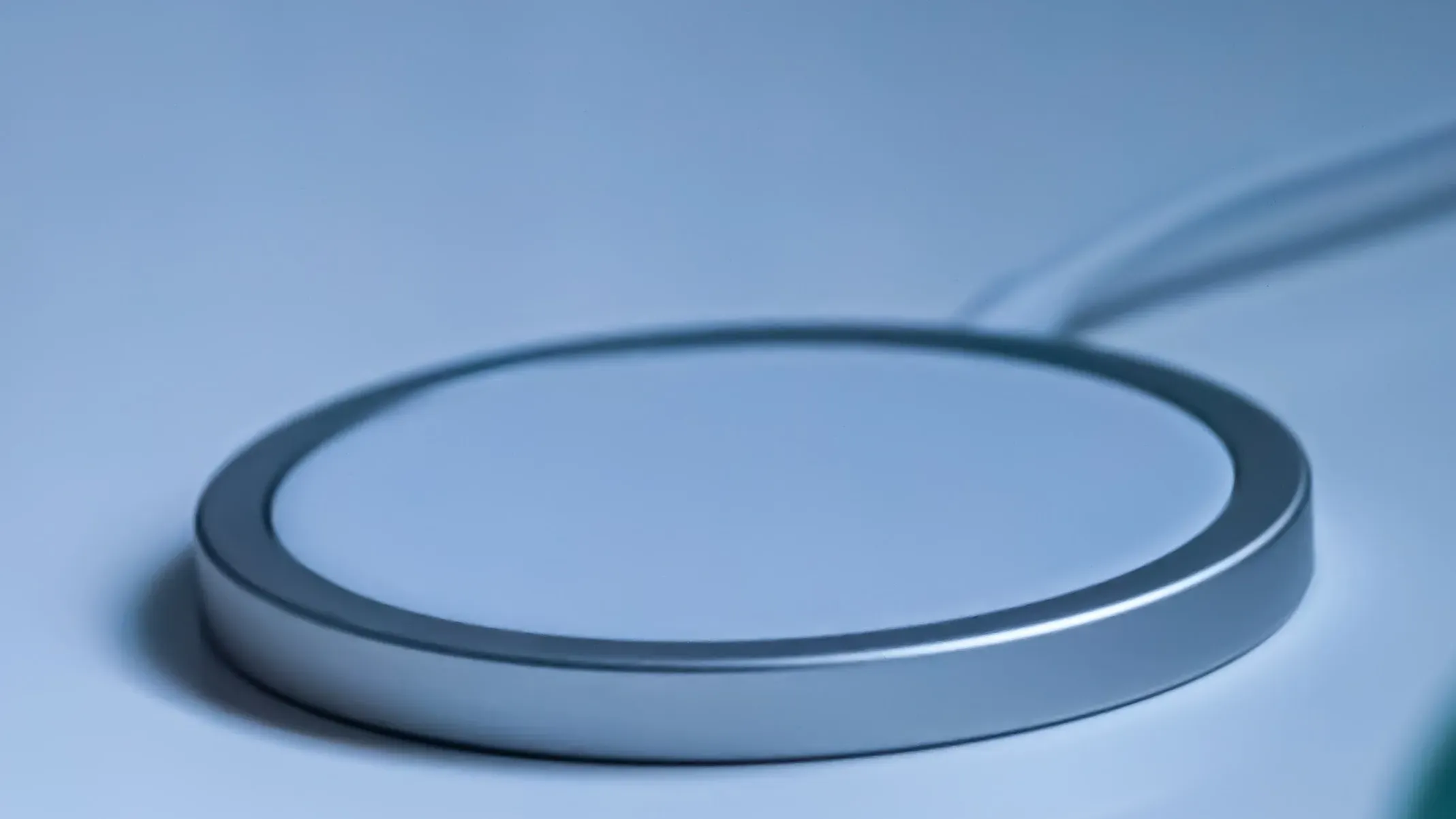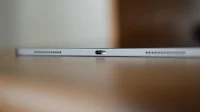There has been a lot of talk lately about Apple switching from the existing Lightning port on the iPhone to a USB-C port on future models. In fact, European Union legislation last year effectively ensures that Apple will sell an iPhone with a USB-C port by 2024. So what should you be excited about? Let’s discuss…
iPhone with USB-C port
Robotics student Ken Pillonell was the first to modify the iPhone X by replacing the Lightning port with a USB-C port in 2021. The video of his achievement went viral and there were clearly mixed feelings; some people love USB-C, while others appreciate the benefits of a Lightning port.

But this was not an official decision. All recent iPhone models released since Pillonel’s viral breakthrough continue to use the Lightning port, Apple’s proprietary digital charging and data port introduced in 2012 on the iPhone 5 to replace the aging 30-pin analog connector.
Most other smartphones on the market use a USB-C port, which is similar in size and shape to a Lightning port. Even Apple’s iPad, iPad Air, iPad Pro, and Mac use a USB-C port, and accessory makers use these USB-C ports to design peripherals around them that enhance device performance.
Key problem

But iPhone users don’t have that much fun, as they’re forced to buy expensive Apple-certified adapters for everything they plan to do:
- Lightning Digital AV: $50
- Lightning 3.5mm audio cable: $35
- Lightning sound and power: $40.
- Lightning to VGA to Power: $50.
- Lightning to USB 3 and Power: $40
- Lightning to USB 3 no power: $30
- Lightning to SD card: $30
- Lightning up to 3.5mm: $10
And the list goes on…
Obviously, you’ll need adapters to make these things work with USB-C devices as well, but it’s worth noting that there are many more third-party manufacturers that offer USB-C for all-in-one connections than are available with the Apple Lightning port. Disposable adapters for USB-C are also available; however, all of these adapters have one thing in common: they cost substantially less than their Lightning counterparts.
This is due to Apple’s licensing practices and the fact that Apple receives royalties on any accessory that bears the “Made for iPhone”badge. Lightning is proprietary to the iPhone, but USB-C is an open source standard that anyone can build for. Because of this, USB-C accessories are cheaper and easier to acquire, and the versatile options provided by USB-C mean you won’t have as much weight in your luggage.
It all depends, of course, on whether Apple uses software to lock non-iPhone accessories…
Cheaper Lightning-to-[insert I/O required here] options are available through eBay and Amazon, however, when they are not officially licensed products, my experience is that they fall apart and are not particularly reliable. That’s why I avoid the likes of the plague.
Cable convenience
In many cases, you can get a USB-C cable to [insert port here] that completely bypasses the dongle. For example, UNI makes USB-C to HDMI cables that take up no more space than a traditional HDMI cable and are perfect for connecting my iPad Pro to a TV to watch movies without any adapters attached.

Assuming Apple actually made the iPhone with USB-C, I could use the same cables I currently use with my MacBook Pro and iPad Pro with my iPhone, which would be fantastic. This would mean I wouldn’t have to pack both a USB-C version and a Lightning version for every cable or adapter I own, which would provide otherworldly convenience. I also wouldn’t have to buy all those unnecessary adapters, saving me hundreds of dollars.
Connector differences

When Apple introduced Lightning in 2012, it was a marked improvement over the 30-pin analog connector. Not only was it fully digital, it also had fewer moving parts to break and was completely reversible. At the time, it was still based on the USB 2.0 standard, but Apple has since moved to the USB 3.0 standard, which gives Lightning a speed boost of up to 5Gbps.
USB-C, on the other hand, was introduced in 2014. It is currently in its fourth iteration with the USB 4.0 standard enabling transfer rates up to 40Gbps. USB-C connections are also generally compatible with Thunderbolt cables, whether the device supports Thunderbolt or not, which in a pinch provides additional cable flexibility.
One thing that Lightning users should be aware of is that the Lightning end must connect to the iPhone and the USB-A or USB-C end must connect to a power or data source. With a USB-C to USB-C cable, it really doesn’t matter as there is no right or wrong end to connect to your phone. Similarly, USB-C is reversible, as is Lightning, so there is no right side.
USB-C also allows for higher power tolerances than Apple’s Lightning connector. Currently, Apple Lightning cables can deliver up to 18W of power to a connected iPhone, while most USB-C cables can deliver up to 100W of power through Power Delivery. This is primarily why we see USB-C being used by iPads and Macs as they use significantly more power than iPhones, but it also limits iPhone charging speeds.
One of the benefits of Lightning is that the connector “clicks”into its port more securely than USB-C. While I’ve certainly used some tighter USB-C cables, there isn’t as much of a “click”mechanism to hold the plug in place as is the case with Lightning, so some people rightly complained about this when the idea of switching to USB-C appears.
Apple’s obsession with wireless

Over the years, Apple has slowly introduced more and more wireless features to the iPhone that could make wired connections obsolete. For example, Apple long ago introduced the iTunes Wi-Fi sync feature, which has since been superseded by iCloud cloud features. But charging still required a port.
More recently, iPhones have moved from wired charging to Qi wireless charging and the newer MagSafe-based wireless charging. While Qi is slower to charge iPhones at 7.5W rather than 15W MagSafe, both fail to achieve the same charging speed as an 18W Lightning cable. But USB-C can raise the bar even higher.
As far as TV connectivity goes, the portless transition will drop HDMI entirely as Apple will instead push users to use AirPlay, a wireless streaming protocol that uses both Bluetooth and Wi-Fi to display your screen on a large display. One problem with this, however, is that not everyone has Wi-Fi at home. In fact, when I go camping, I can’t even use AirPlay to cast my iPhone’s screen to a projector; I need HDMI. I can’t cast my screen only through a bluetooth connection like with an android phone.
It seemed that Apple was ready to completely ditch the physical port on the iPhone. After all, you can buy expensive MagSafe-certified wireless chargers from Apple to do away with wired charging, buy the iCloud data ecosystem to do away with wired data, and use AirPlay to do away with wired video. But European Union legislation greatly inhibits such an idea.
Will USB-C appear in the US?
One very real issue that has come to my mind lately is whether Apple will produce USB-C iPhones exclusively for customers in the European Union while continuing to sell Lightning-based iPhones in the United States and other parts peace.
From a logistical standpoint, it doesn’t make much sense because it would be cheaper for Apple to retool all of its manufacturing equipment once and release every iPhone the same way, but we’ve seen Apple change its manufacturing process to accommodate some needs. government before. For example, current iPhones have a dual physical SIM slot in China, while the rest of the world has iPhones with a combination of one SIM and an eSIM or only two eSIMs.
The move to USB-C will cost Apple more than just building a double-sided SIM tray, so I would like to think that European Union legislation will affect the company’s production around the world. This means the whole world can get USB-C on the next iPhone.
My thoughts
Personally, I love the idea of an iPhone with USB-C and would buy one with great pleasure.
Apple has said that European Union legislation will stifle innovation by banning the iPhone from using anything other than USB-C and limiting its capabilities. But from a consumer perspective, it’s clear that USB-C offers many advantages over Apple’s vision of a wireless iPhone.
Just being able to mirror my iPhone’s display to another screen when Wi-Fi is out is a huge problem, and I’m not a fan of the clunky HDMI to Lightning adapter I’ve been forced to use for the past few years. I’d rather use a cable USB-C to HDMI, which I have been using with an iPad Pro for a couple of years now.
I’ve dealt with Lightning long enough and honestly avoid using my iPhone for anything that requires an adapter because I can probably do it with my iPad Pro and its built-in USB-C port instead. This includes viewing photos from my Nikon camera via a simple USB-C connection and importing those photos for in-app post-processing, but this also extends to movie night via a USB-C to HDMI cable on my TV or projector.
The Lightning port played an important role in the iPhone when it was introduced in 2012, but nearly a decade later the world is moving to USB-C and Apple needs to catch up so people can use the latest accessories with their iPhone without the link chain of adapters and dongles dangling. from its end.
Apple made us ditch the 3.5mm headphone jack out of “boldness”and now I think it’s time for Apple to ditch their Lightning port over USB-C out of “boldness”.
Conclusion
The transition from Lightning to USB-C on iPhone is a controversial topic, and opinions differ on every corner, so we welcome your discussion in the comment section below. Let us know if you’d like to see USB-C on your next iPhone, or if you’re happy with Lightning.


